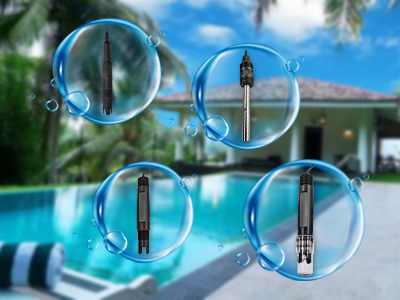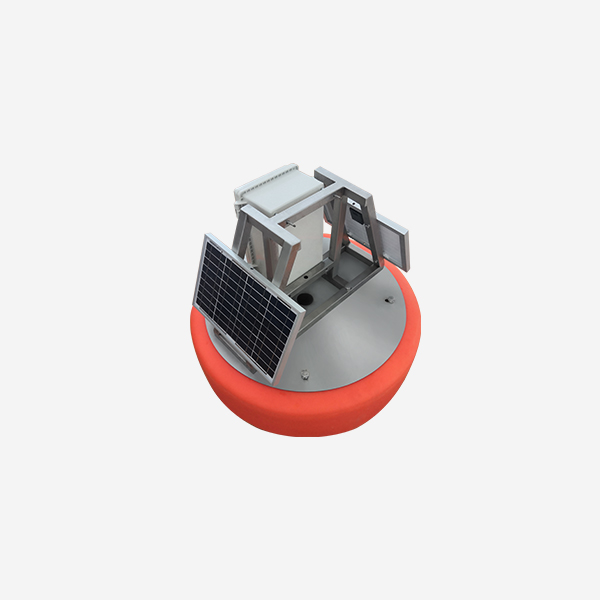River water quality sensors have emerged as an effective solution to this problem, allowing us to monitor and improve the health of ecosystems, flora, and fauna that rely on these vital water resources. In this article, we will explain how river water quality sensors can help the environmental protection cause.

- Real-Time Monitoring
River water quality sensors provide real-time monitoring of water conditions, including pH levels, temperature, dissolved oxygen, turbidity, and others. This data allows scientists, researchers, and government agencies to assess the quality of water in a particular river or watershed and identify issues such as pollution, nutrient overloading, or other factors that may be negatively affecting ecosystem health. Real-time monitoring also helps authorities respond quickly to emergencies like chemical spills, natural disasters, or illicit dumping incidents, minimizing the potential damage to human health and the environment.

- Early Detection of Pollution
Early detection of pollution is essential to prevent long-term harm to aquatic life and ecosystems. With river water quality sensors, it’s possible to identify the source of contaminants entering the water system early on. The sensors constantly monitor the water for various pollutants and alert authorities in case of irregularities, so they can investigate and take remedial measures as necessary, preventing further contamination. Thanks to the high accuracy and precision of these sensors, detecting even minute concentrations of pollutants is possible, enabling timely interventions before more significant harm occurs.
- Identifying Trends
River water quality sensors generate large volumes of data that can help authorities identify long-term trends in the ecosystem and water quality. They can track parameters such as dissolved oxygen levels, temperature fluctuations, or variations in nutrient content over time, allowing lawmakers and environmental experts to develop policies and regulations that better protect local watersheds and ecosystems’ health. The data obtained from river water quality sensors can also facilitate research into the causes and effects of various water quality indicators, leading to more effective strategies for mitigating environmental degradation.
- Cost-Effective

River water quality sensors are a far more cost-effective way to monitor water quality than traditional methods. Traditional water monitoring required lab analysis of water samples, which can be time-consuming and expensive. River water quality sensors eliminate the need for manual water sampling and laboratory analyses, enabling frequent, continuous, and highly accurate monitoring at a fraction of the cost of traditional methods. As a result, authorities and researchers can obtain a much larger volume of data on a smaller budget, helping them to make better-informed decisions about water quality management.
In conclusion
river water quality sensors have become an indispensable tool in protecting our water resources and ecosystems. They provide real-time monitoring, early detection of pollutants, identify trends, and are cost-effective. They help us better understand and respond to pollution, prevent further contamination, and support the implementation of sound policies that protect water and surrounding ecosystems’ health. By allowing authorities to act quickly and effectively against threats to water quality, these sensors play a vital role in the environmental protection cause.